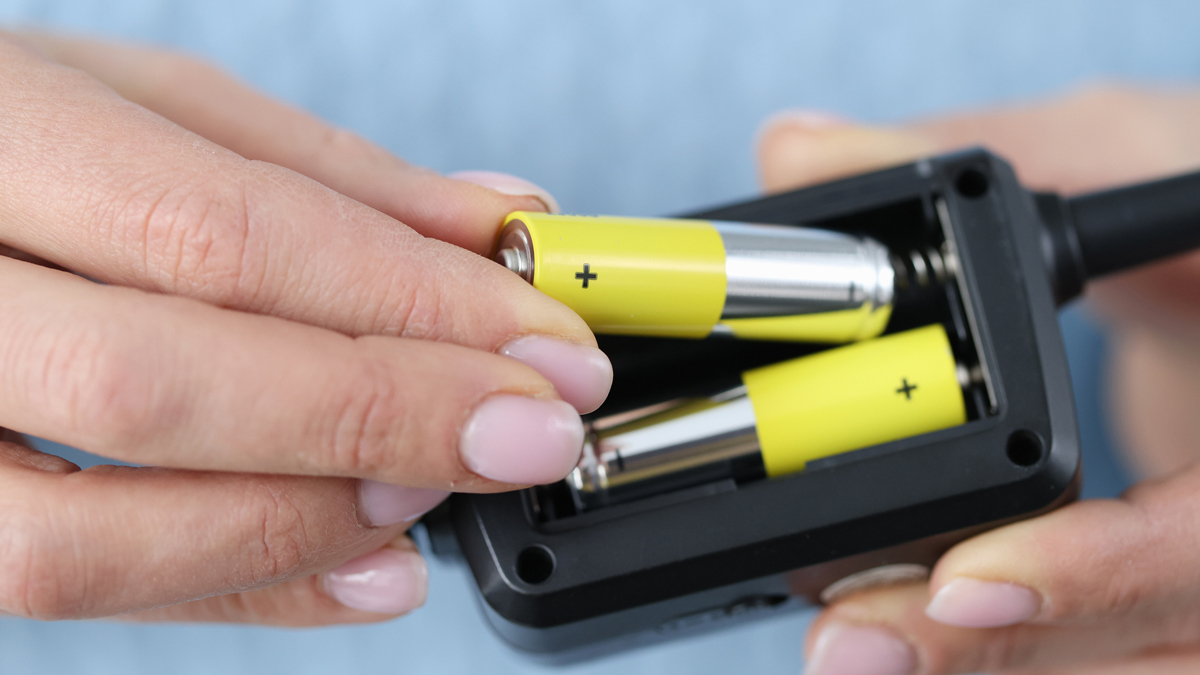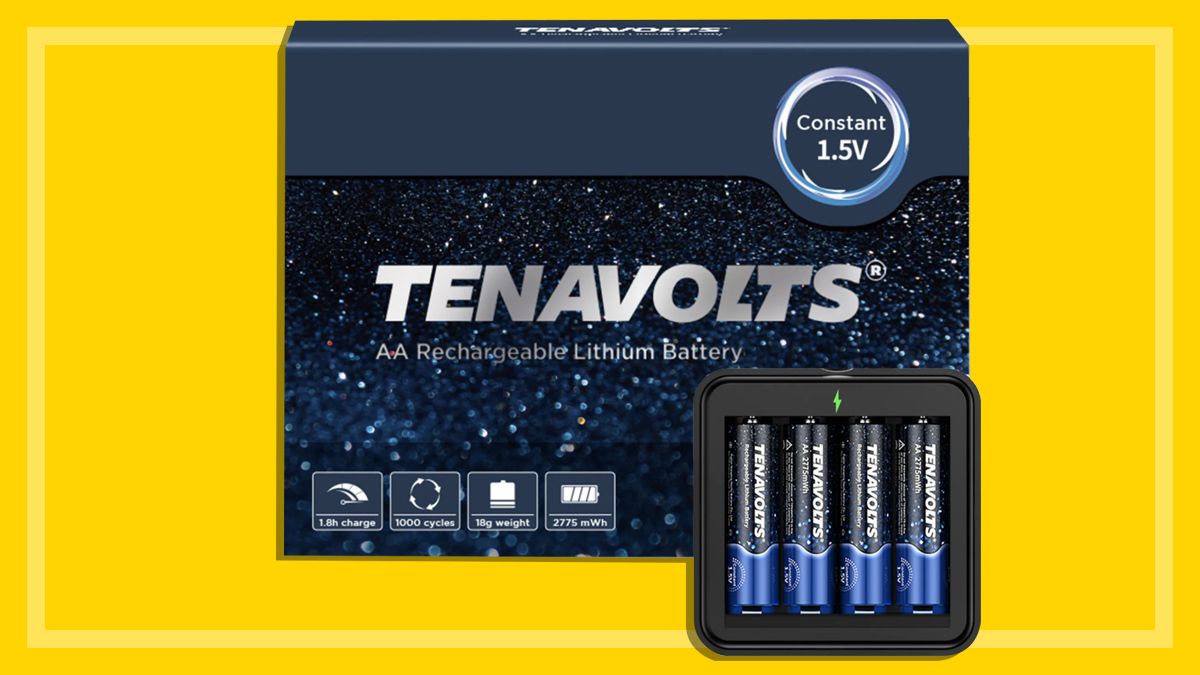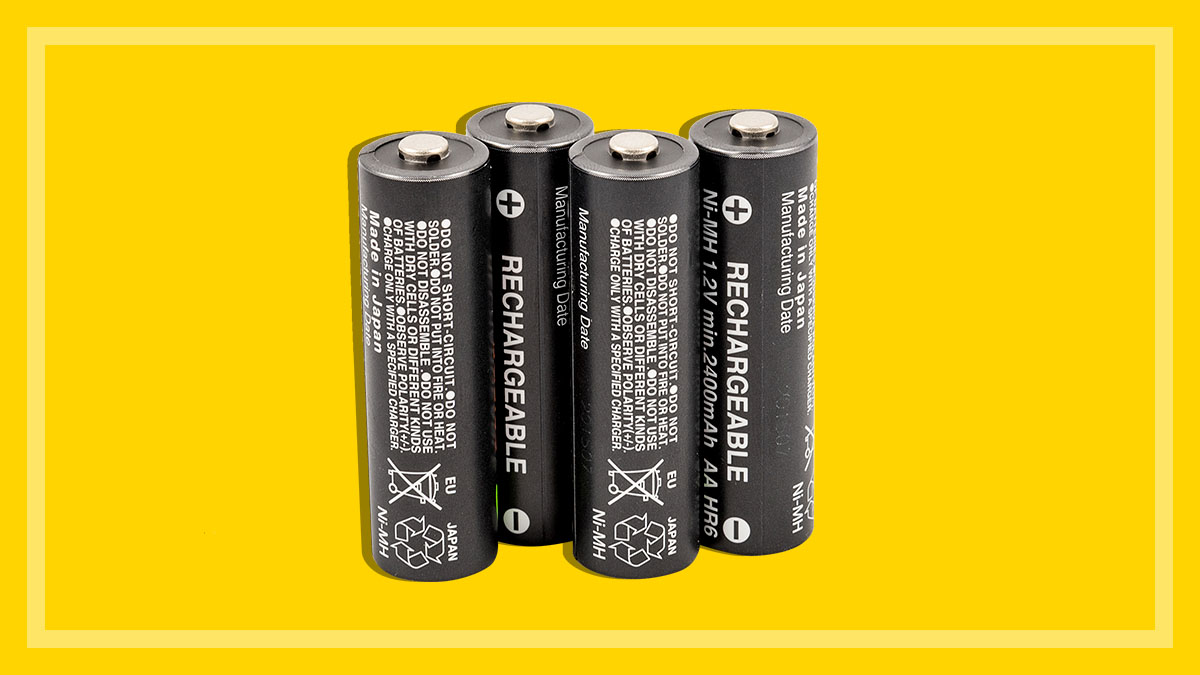Get our independent lab tests, expert reviews and honest advice.
How we test batteries

We test a range of readily available single-use (disposable) and rechargeable batteries to see which deliver the best power and which deliver the best value. Lithium and alkaline batteries are similar as far as functionality goes for your electronic devices, but lithium batteries have a higher capacity, slightly higher initial voltage, and a longer shelf life.
Our expert testers
We’ve been reviewing batteries (rechargeable and single use) for over a decade and we’ve adjusted our test method over that time to keep it both rigorous and practical. Electronic tech has evolved over the years but the consumer’s need for good dependable AA and AAA batteries remains strong.
While we test most products in our own labs, battery testing requires particular facilities and equipment that unfortunately we don’t have space for. So batteries are one of the few products we send to another expert lab, which tests them according to our requirements.
How we choose what we test
With so many to choose from, what makes us choose one battery to test over another? As with most of our product testing, our aim is to test the most popular brands and types on the market and what you’re most likely to see in shops.
We survey manufacturers to find out about their range of products, we check market sales information, and we also check for any member requests to test specific batteries. From this information we put together a final list that goes to our buyers, who then head out to retailers and purchase each product, just as a regular consumer would. We do this so we can be sure the batteries are the same as any consumer would find them and not ‘tweaked’ in any way.
How we test
Single-use or disposable battery testing
The batteries are tested in a rig and monitored by a computer. Each of the batteries is discharged into a fixed load – the load is 24 Ohms for the low discharge test, and 2 Ohms for the high discharge test.
Four examples of each model are tested in each of the two tests, and the position in the test rig and models are randomly chosen to avoid systematic errors. The batteries are discharged until they reach a voltage of 0.7. The time and voltage of each battery is recorded during the test at approximately one-minute intervals.
Rechargeable batteries
Rechargeable batteries take a lot longer to test because – you guessed it – they have to be charged and recharged to determine their performance over time and with repeated use. The batteries are tested in a rig where each of the batteries is discharged into a fixed load. The load is 10 Ohms for the AA batteries, and 24 Ohms for the AAA batteries. Four examples of each model are tested with each position in the rig selected at random.
Test criteria explained
The overall score for single-use batteries is made up of:
- performance under high-drain conditions (25%)
- performance under low-drain conditions (20%)
- endurance under high-drain conditions (25%)
- endurance under low-drain conditions (20%)
- value score for high-drain devices (5%)
- value score for low-drain devices (5%).
The overall score for rechargeable batteries is made up of:
- endurance score (45%)
- consistency score (25%)
- self discharge score (20%)
- capacity score (10%).
Our test lab
We maintain our own lab that is up to date with the latest reference machines and calibrated measurement tools for our testers to bring you the right results.
For any testing required where we don’t have the necessary in-house skills or equipment, such as for batteries, we use an external expert lab.




